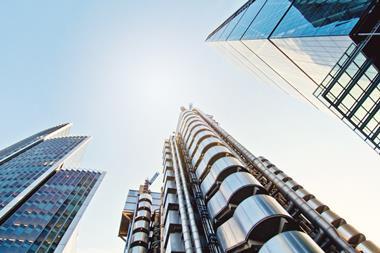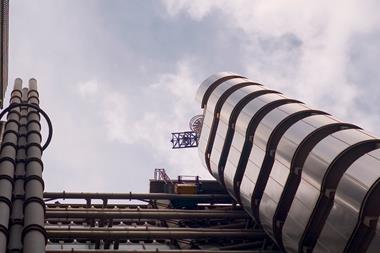Reinsurance rates may be rising, but the market hasn’t settled down yet
Reinsurance rates generally rose in the 1 January renewals. Guy Carpenter’s world rate on line (ROL) index showed property catastrophe reinsurance rates rose 8%.
The hike confirmed expectations that the market has turned, entering a new phase in the pricing cycle – good for reinsurers but bad for insurers, who face paying more. Charles Philipps, chief executive of Amlin, expressed a view that is widely held: “We are through the bottom of the insurance cycle with strong prospects for hardening rates across our business.”
There are a number of reasons for the rise. First, US hurricanes and other catastrophe losses were higher than expected – hurricane Ike turned out to be the third most costly hurricane in US history. Related to this is the reduced confidence in the abilities of the current generation of catastrophe models.
But the rise is also connected to the broader economic conditions. Many insurers have suffered investment losses in the financial crisis. With weakened balance sheets, they are keener to transfer risk. Indeed, to maintain capital ratios – and finding it hard to raise new capital – they may be obliged to transfer risk and buy more reinsurance.
In addition, little new reinsurance capacity has come in to meet the extra demand and retrocession capacity (where reinsurers themselves transfer risk) has decreased.
It is the wider financial conditions that make the prevailing (re)insurance pricing conditions different from previous years. Rates typically rise following a disaster, such as an especially bad hurricane season or the terrorist attacks of 9/11. The last market turn was in 2005, when Katrina and other hurricanes caused massive losses.
Although severe losses caused by hurricanes are significant, the financial crisis is a new factor, making this turn in the reinsurance cycle unlike previous ones. So the question arises, are we really in a normal phase of the cycle?
There is far more uncertainty than usual in the market. A closer look at the January renewals shows that although the market has hardened, it has done so in an inconsistent manner. As Chris Klein, global head of business intelligence at Guy Carpenter, points out, there have been wide differences in pricing, dependent on a number of factors, such as loss history, geography and line of business.
Instead of a predictable upward movement in reinsurance rates, we may be entering more unstable territory. It is even possible that the market has been wrenched away from its normal cycle and embarked on a more irrational phase, unlike anything known before.
Reinsurers that plan to expand rapidly should take care. The market may prove more volatile than they expect.
david.sandham@globalreinsurance.com
Key points
• The reinsurance market has hardened, with rates increasing
• This has been caused by catastrophe losses and the global financial crisis
• The financial cause is unusual and there could be more volatility in the future
Hosted by comedian and actor Tom Allen, 34 Gold, 23 Silver and 22 Bronze awards were handed out across an amazing 34 categories recognising brilliance and innovation right across the breadth of UK general insurance.











































